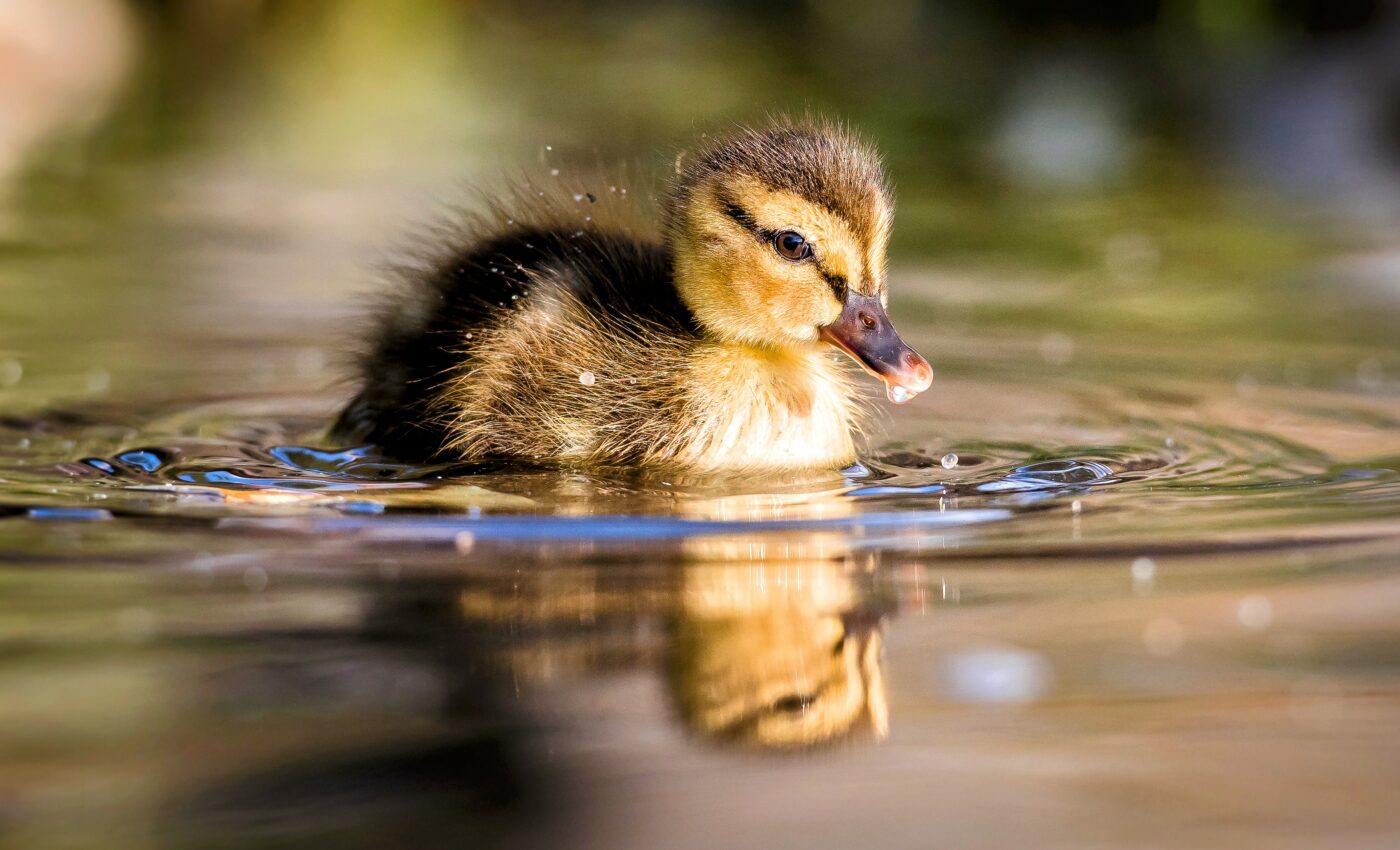
Ducklings swim in line to reduce drag
A new study published in the Journal of Fluid Mechanics has found that ducklings swim in a line behind their mother in order to reduce drag and propel themselves forwards. According to the scientists from the University of Strathclyde who led the study, besides helping us better understand animal behavior, these findings could also revolutionize shipping.
Ducklings learn to follow their mother through a developmental process called imprinting, whereby a social attachment between young animals and typically (but not necessarily) a parent is established immediately after birth. As early as 15 minutes after hatching, ducklings will learn to follow any moving object they see first. On most occasions, this “object” is their mother. While imprinting is a well-known phenomenon, the precise mechanics of ducklings’ behavior have not been clearly understood.
By using mathematical and numerical models, the researchers revealed that the in-line swimming formation helps the ducklings benefit from two phenomena called “wave-riding” and “wave-passing.”
When the first duckling begins to swim behind its mother, a “destructive wave interference phenomenon” occurs: due to its positioning, the wave force that acts against the duckling as it paddles through the water (known as wave drag) is transformed into a positive movement propelling the bird forwards. Thus, by riding the waves generated by a mother duck, a trailing duckling can obtain a significant wave drag reduction.
This effect is then passed down to rest of the ducklings in line, and by the time it reaches the third duckling, the wave drag gradually tends towards zero, and a delicate dynamic equilibrium is achieved. Each subsequent duckling under that equilibrium then acts as a “wave passer,” passing the waves’ energy to its trailing duckling without any energy losses.
“Wave riding and wave passing are probably the principal reasons for the evolution of swimming formation by waterfowl. This study is the first to reveal the reasons why the formation movement of waterfowl can preserve individuals’ energy expenditure,” the authors explained.
Besides shedding more light on patterns of animal behavior, this study can also provide new engineering insights. “These principles could be potentially applied to design modern freight carrying vessels, e.g. a water-train, to transport more cargoes without extra fuel cost,” the study authors concluded.
—
By Andrei Ionescu, Earth.com Staff Writer













